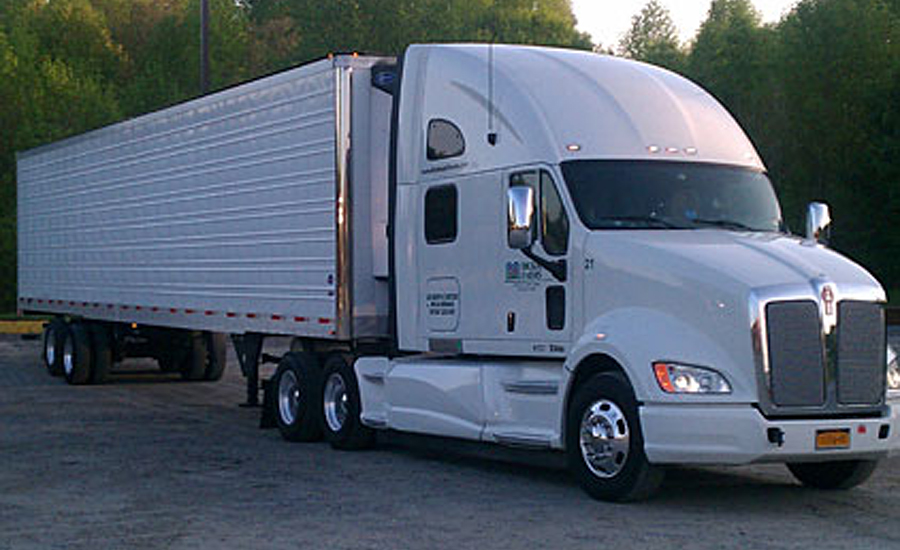A best practices guide to sanitary food transportation
The entire food industry is responsible for being educated and prepared to meet the new requirements, as is the case for food safety and the safe transportation of food.


Don Durm

Bud Rodowick



The Food and Drug Administration (FDA) published its long anticipated final rules for the Sanitary Transportation of Human and Animal Food (STF) in April. The rule, which became effective in June, established requirements for shippers, loaders, carriers—by motor or rail vehicle—and receivers involved in transporting human and animal food to use documented sanitary practices to ensure food safety.
This action was part of the FDA’s larger effort—and requirement—to focus on preventing food safety problems throughout the food chain, and is part of the agency’s implementation of the Sanitary Food Transportation Act of 2005 (2005 SFTA) and the Food Safety Modernization Act (FSMA).
The goal of the final STF rule is to prevent practices during transportation that create food safety risks, such as failure to properly refrigerate food, inadequate cleaning of vehicles between loads or failure to properly protect food. The government is seeking transparency throughout the cold supply chain, and that transparency is dependent on documenting every aspect of food transportation.
Why a best practice guide?
When it comes to determining appropriate standards for sanitary and safe transportation of food products, the STF ruling identifies shippers as primarily responsible. However, carriers, loaders and receivers must also abide by the STF ruling, agree to designated shipper requirements and perform as expected per shipper requirements.
In other words, because almost everyone becomes a receiver at some point in the food supply chain, most in the food industry will be affected by the STF ruling. Therefore, the entire food industry is responsible for being educated and prepared to meet the resulting requirements, as is the case for food safety and the safe transportation of food.
The International Refrigerated Transportation Association (IRTA), an arm of the Global Cold Chain Alliance (GCCA), Alexandria, Va., created the “Refrigerated Transportation Best Practices Guide” and the “FDA’s Sanitary Transportation of Food Act Final Rule” to assist shippers in understanding and complying with the new requirements. Written to cover transportation of frozen, fresh and chilled foods, the best practices guide offers carriers, loaders and receivers a clearer understanding of expected practices.
This best practices guide, prepared by IRTA, GCCA and a task force of diverse industry experts from transportation, academia and warehousing as well as industry suppliers, is designed to help key stakeholders—anyone involved in the shipping, transporting or receiving of refrigerated or frozen foods—in their efforts to meet or exceed the STF rulings, ensure ongoing food safety throughout the industry and positively impact the sanitary transportation of food to consumers.
The guide covers:
- STF overview and key requirements.
- Training and education.
- Pre-requisite programs and defined food safety procedures.
- Refrigerated trailer sanitary and condition inspection.
- Refrigerated unit operating procedures.
- Pre-cooling trailers.
- Loading procedures, including departure and arrival processes for loaded trailers.
- En-route compliance requirements.
- Load acceptance procedures, and
- Records retention.
The guide also includes templates of checklists that delineates the responsibilities of shippers, loaders and distributors and provides a tool to address the tasks necessary for compliance.
While impossible to be all encompassing because the STF is not specific in how implementation should be executed, the task force’s intent is to create a living document that should be tailored to each facilities’ operations to help meet the STF requirements.
This guide can also be a conversation starter that carriers share with their shippers and receivers to bring about a better understanding of the intent and spirit of the rule, as well as each other’s compliance needs and expectations.
Go to http://bit.ly/2aarsEz to download the Best Practices Guide.
Looking for a reprint of this article?
From high-res PDFs to custom plaques, order your copy today!








